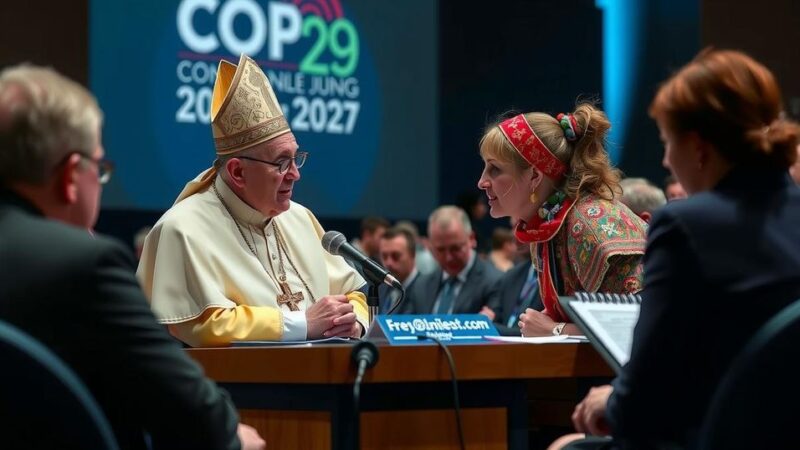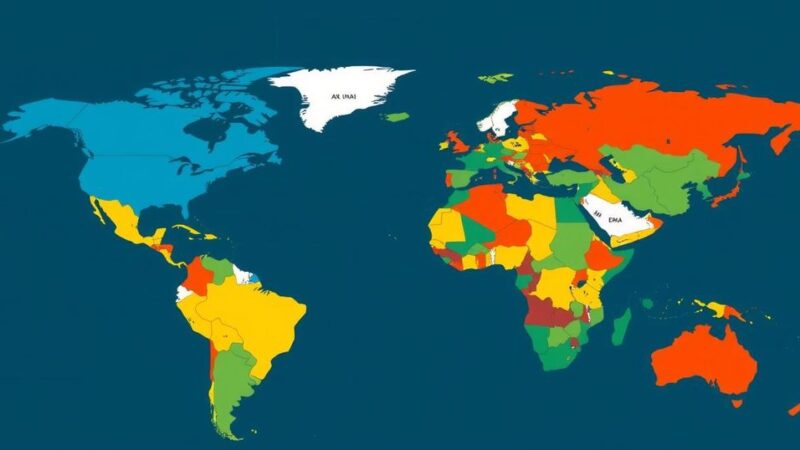The Earth is facing a severe climate crisis, with predictions that global temperatures could rise by 2.7°C by 2100. Average surface temperature is key to understanding climate change, as it encapsulates conditions affecting human life and serves as a crucial metric for tracking climate trends. Various methods are used to compile temperature data, contributing to knowledge essential for the Paris Agreement’s goal of limiting warming to 1.5°C.
A recent report indicates that the world is on the verge of a climate catastrophe, aligning with the United Nations Environment Program’s warning that global temperatures may rise by 2.7°C by the year 2100. As stated by NASA, the mean temperature of Earth currently averages around 15°C (59°F). Ultimately, the discussion revolves around the average global surface temperature, which reflects variations in temperature experienced across different regions of the planet, from Singapore’s warm 30°C to Antarctica’s chilling -30°C. James Renwick, a Professor of Physical Geography at Victoria University of Wellington, New Zealand, emphasizes the complexities involved in quantifying global temperature due to factors such as latitude, longitude, and altitude.
The measurement of Earth’s surface temperature plays a pivotal role in understanding climate change. This measurement is derived from averaging temperatures across various locations measured daily, which contributes to the calculation of a global average surface temperature. The significance of surface temperature lies in its direct relation to the living conditions experienced by the population worldwide. Furthermore, the global average temperature anomaly serves as the definitive metric for tracking climate change, which is integral to international accords like the Paris Agreement.
In conclusion, monitoring the average surface temperature is essential for assessing climate change and planning strategic responses. Since the pre-industrial era, a notable increase of approximately 1.2°C has been observed, underscoring the importance of international efforts such as the Paris Agreement, which aims to restrict global warming to a maximum of 1.5°C above pre-industrial levels. Failure to achieve this goal may result in devastating climate-related consequences globally.
Original Source: cosmosmagazine.com






